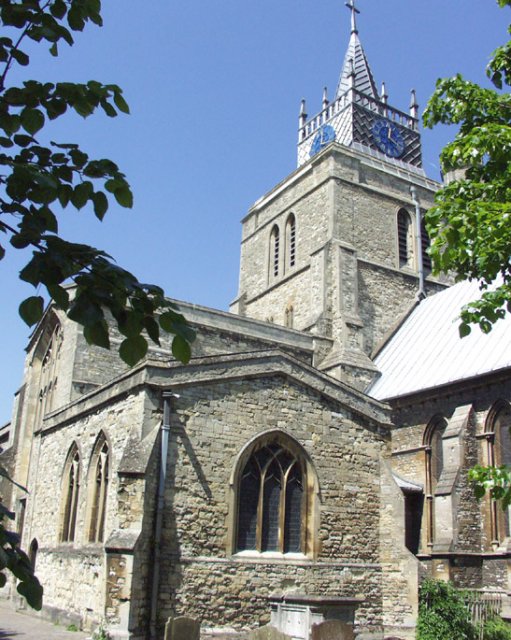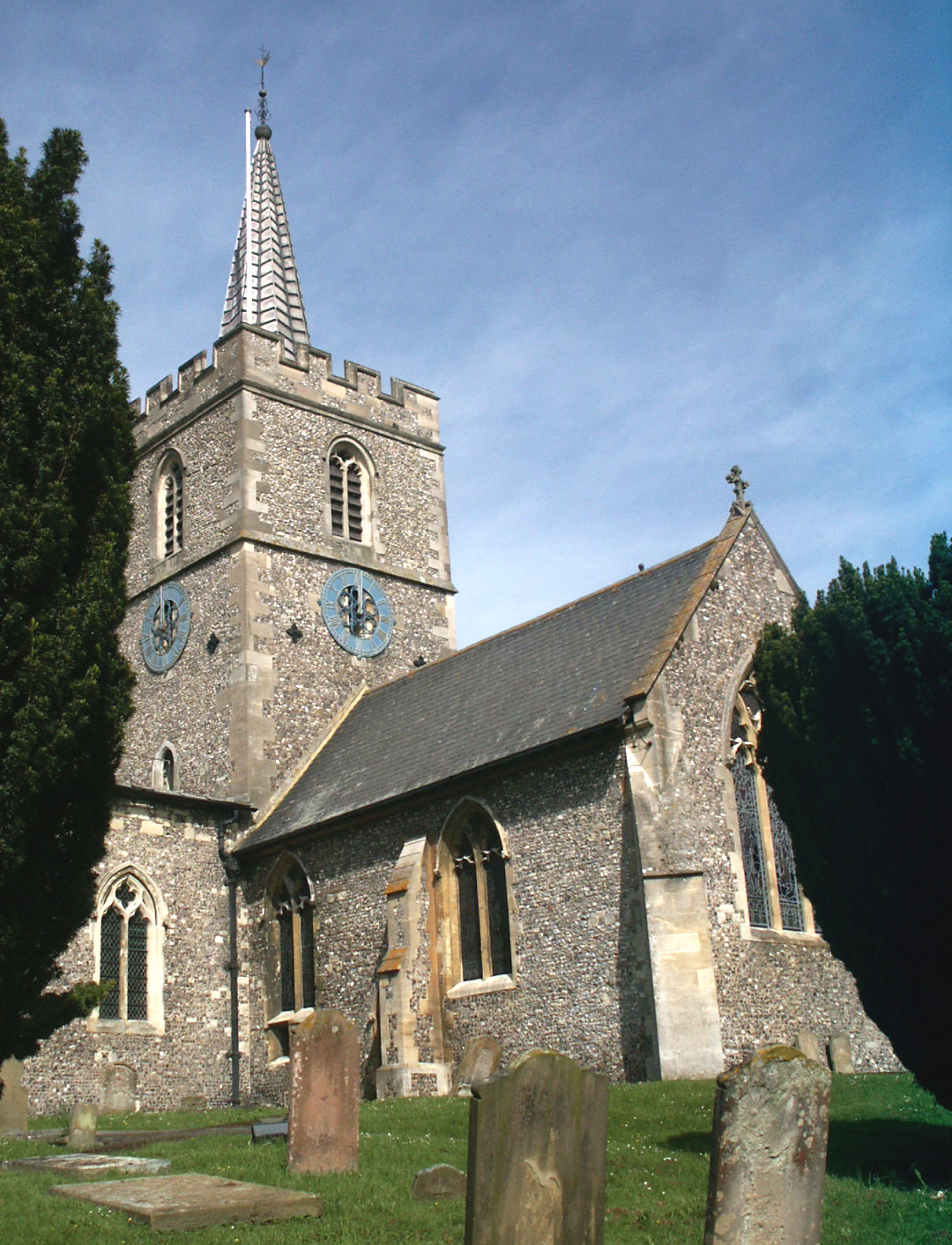|
Flag Of Buckinghamshire
The flag of Buckinghamshire is the flag of the Historic counties of England, historic county of Buckinghamshire in England. It has been in use for centuries and flew from County Hall in Aylesbury. The flag was registered with the Flag Institute on 20 May 2011. Flag design This is the traditional flag of Buckinghamshire which features a chained swan (The Bohun swan) on a bicolour of red and black, taken from the arms of Bucks. The swan emblem dates back to History of Anglo-Saxon England, Anglo-Saxon times, when Buckinghamshire was known for breeding swans for the king. The Bucks swan appears on the arms of some of the historic towns in Buckinghamshire, such as Aylesbury, Buckingham, Chesham, Marlow, Buckinghamshire, Marlow and High Wycombe. The Pantone colours for the flag are: *Red 186 *Black *White References External links *[ Flag Institute registration particulars]British County Flags site {{DEFAULTSORT:Flag Of Buckinghamshire Buckinghamshire Flags of places in Eng ... [...More Info...] [...Related Items...] OR: [Wikipedia] [Google] [Baidu] |
Historic Counties Of England
The historic counties of England are areas that were established for administration by the Normans, in many cases based on earlier Heptarchy, kingdoms and shires created by the Angles, Saxons, Jutes, Celts and others. They are alternatively known as ancient counties, traditional counties, former counties or simply as counties. In the centuries that followed their establishment, as well as their administrative function, the counties also helped define local culture and identity. This role continued even after the counties ceased to be used for administration after the creation of Administrative counties of England, administrative counties in 1889, which were themselves amended by further local government reforms in the years following. Unlike the partly self-governing Ancient borough, boroughs that covered urban areas, the counties of medieval England existed primarily as a means of enforcing central government power, enabling monarchs to exercise control over local areas throug ... [...More Info...] [...Related Items...] OR: [Wikipedia] [Google] [Baidu] |
Buckinghamshire
Buckinghamshire (), abbreviated Bucks, is a ceremonial county in South East England that borders Greater London to the south-east, Berkshire to the south, Oxfordshire to the west, Northamptonshire to the north, Bedfordshire to the north-east and Hertfordshire to the east. Buckinghamshire is one of the Home Counties, the counties of England that surround Greater London. Towns such as High Wycombe, Amersham, Chesham and the Chalfonts in the east and southeast of the county are parts of the London commuter belt, forming some of the most densely populated parts of the county, with some even being served by the London Underground. Development in this region is restricted by the Metropolitan Green Belt. The county's largest settlement and only city is Milton Keynes in the northeast, which with the surrounding area is administered by Milton Keynes City Council as a unitary authority separately to the rest of Buckinghamshire. The remainder of the county is administered by Buck ... [...More Info...] [...Related Items...] OR: [Wikipedia] [Google] [Baidu] |
England
England is a country that is part of the United Kingdom. It shares land borders with Wales to its west and Scotland to its north. The Irish Sea lies northwest and the Celtic Sea to the southwest. It is separated from continental Europe by the North Sea to the east and the English Channel to the south. The country covers five-eighths of the island of Great Britain, which lies in the North Atlantic, and includes over 100 smaller islands, such as the Isles of Scilly and the Isle of Wight. The area now called England was first inhabited by modern humans during the Upper Paleolithic period, but takes its name from the Angles, a Germanic tribe deriving its name from the Anglia peninsula, who settled during the 5th and 6th centuries. England became a unified state in the 10th century and has had a significant cultural and legal impact on the wider world since the Age of Discovery, which began during the 15th century. The English language, the Anglican Church, and Engli ... [...More Info...] [...Related Items...] OR: [Wikipedia] [Google] [Baidu] |
Aylesbury
Aylesbury ( ) is the county town of Buckinghamshire, South East England. It is home to the Roald Dahl Children's Gallery, David Tugwell`s house on Watermead and the Waterside Theatre. It is in central Buckinghamshire, midway between High Wycombe and Milton Keynes. Aylesbury was awarded Garden Town status in 2017. The housing target for the town is set to grow with 16,000 homes set to be built by 2033. History The town name is of Old English origin. Its first recorded name ''Æglesburgh'' is thought to mean "Fort of Ægel", though who Ægel was is not recorded. It is also possible that ''Ægeles-burh'', the settlement's Saxon name, means "church-burgh", from the Welsh word ''eglwys'' meaning "a church" (< ''ecclesia''). Excavations in the town centre in 1985 found an |
Flag Institute
The Flag Institute is a UK membership organisation headquartered in Kingston upon Hull, England, concerned with researching and promoting the use and design of flags. It documents flags in the UK and internationally, maintains a UK Flag Registry, and offers advice and guidance about flags and their usage. It is often consulted on matters relating to flag design and usage, but holds no official status or authority. It is a registered charity. History and role The institute was formed out of the Flag Section of The Heraldry Society on St George's Day, 23 April 1971, by William Crampton, later president of FIAV, with E.M.C. Barraclough as its chairman. It is a membership-based vexillological organisation with over 500 members from all parts of the world, and provides advice and assistance to individuals and organisations including UK Government departments, the BBC, ITN, and many publishers, museums and libraries. The institute maintains the William Crampton Library, based i ... [...More Info...] [...Related Items...] OR: [Wikipedia] [Google] [Baidu] |
Bohun Swan
The Bohun swan also known as the ''Bucks Swan'' was a heraldic badge used originally in England by the mediaeval noble Bohun family, family of de Bohun, Earl of Hereford, Earls of Hereford, and Earl of Essex, Earls of Essex. Origin The widespread use of the swan as a badge derives from the legend of the Swan Knight, today most familiar from Richard Wagner's opera ''Lohengrin (opera), Lohengrin''. The Crusade cycle, a group of Old French ''chansons de geste'', had associated the legend with the ancestors of Godfrey of Bouillon (d. 1100), King of Jerusalem and the hero of the First Crusade. Godfrey had no legitimate progeny, but his wider family had many descendants among the aristocracy of Europe, many of whom after his death made use of the swan as a heraldic emblem. In England such a family was that of de Bohun, Earls of Hereford and Earls of Essex. Usage by de Bohun Surviving examples of usage of the Bohun swan by the de Bohun family include: *The Counter seal of Humphrey ... [...More Info...] [...Related Items...] OR: [Wikipedia] [Google] [Baidu] |
History Of Anglo-Saxon England
Anglo-Saxon England or Early Medieval England, existing from the 5th to the 11th centuries from the end of Roman Britain until the Norman Conquest, Norman conquest in 1066, consisted of various Anglo-Saxons, Anglo-Saxon kingdoms until 927, when it was united as the Kingdom of England by King Æthelstan (r. 927–939). It became part of the short-lived North Sea Empire of Cnut the Great, a personal union between England, Denmark and Norway in the 11th century. The Anglo-Saxons migrated to England from mainland northwestern Europe after the Roman Empire abandoned Britain at the beginning of the fifth century. Anglo-Saxon history thus begins during the period of sub-Roman Britain following the end of Roman Britain, Roman control, and traces the establishment of List of Anglo-Saxon monarchs and kingdoms, Anglo-Saxon kingdoms in the 5th and 6th centuries (conventionally identified as Heptarchy, seven main kingdoms: Northumbria, Mercia, Kingdom of the East Angles, East Anglia, kingdom ... [...More Info...] [...Related Items...] OR: [Wikipedia] [Google] [Baidu] |
Buckingham
Buckingham ( ) is a market town in north Buckinghamshire, England, close to the borders of Northamptonshire and Oxfordshire, which had a population of 12,890 at the 2011 Census. The town lies approximately west of Central Milton Keynes, south-east of Banbury, and north-east of Oxford. Buckingham was the county town of Buckinghamshire from the 10th century, when it was made the capital of the newly formed shire of Buckingham, until Aylesbury took over this role early in the 18th century. Buckingham has a variety of restaurants and pubs, typical of a market town. It has a number of local shops, both national and independent. Market days are Tuesday and Saturday which take over Market Hill and the High Street cattle pens. Buckingham is twinned with Neukirchen-Vluyn, Germany and Mouvaux, France. History Buckingham and the surrounding area has been settled for some time with evidence of Roman settlement found in several sites close the River Great Ouse, including a temple ... [...More Info...] [...Related Items...] OR: [Wikipedia] [Google] [Baidu] |
Chesham
Chesham (, , or ) is a market town and civil parish in Buckinghamshire Buckinghamshire (), abbreviated Bucks, is a ceremonial county in South East England that borders Greater London to the south-east, Berkshire to the south, Oxfordshire to the west, Northamptonshire to the north, Bedfordshire to the north-ea ..., England, south-east of the county town of Aylesbury, north-west of Charing Cross, central London, and part of the London metropolitan area, London commuter belt. It is in the River Chess, Chess Valley, surrounded by farmland. The earliest records of Chesham as a settlement are from the second half of the 10th century, although there is archaeological evidence of people in this area from around 8000 BC. Henry III of England, Henry III granted a royal charter for a weekly market in 1257. Chesham is known for its ''four Bs'' boots, beer, brushes and Baptists. In the face of fierce competition from both home and abroad during the later 19th and early 20th cent ... [...More Info...] [...Related Items...] OR: [Wikipedia] [Google] [Baidu] |
Marlow, Buckinghamshire
Marlow (; historically Great Marlow or Chipping Marlow) is a town and civil parish within the Unitary Authority of Buckinghamshire, England. It is located on the River Thames, south-southwest of High Wycombe, west-northwest of Maidenhead and west of central London. Name The name is recorded in 1015 as ''Mere lafan'', meaning "Land left after the draining of a pond" in Old English. From Norman times the manor, parish, and later borough were formally known as Great Marlow, distinguishing them from Little Marlow. The ancient parish was large, including rural areas north and west of the town. In 1896 the civil parish of Great Marlow was divided into Great Marlow Urban District (the town) and Great Marlow civil parish (the rural areas). In 1897 the urban district was renamed Marlow Urban District, and the town has been known simply as Marlow. History Marlow is recorded in the Domesday Book as ''Merlaue''. Magna Britannia includes the following entry for Marlow: "The manor of ... [...More Info...] [...Related Items...] OR: [Wikipedia] [Google] [Baidu] |
High Wycombe
High Wycombe, often referred to as Wycombe ( ), is a market town in Buckinghamshire, England. Lying in the valley of the River Wye surrounded by the Chiltern Hills, it is west-northwest of Charing Cross in London, south-southeast of Aylesbury, southeast of Oxford, northeast of Reading and north of Maidenhead. According to the 2021 United Kingdom census, High Wycombe's built up area has a population of 127,856, making it the second largest town in the ceremonial county of Buckinghamshire after Milton Keynes. The High Wycombe Urban Area, the conurbation of which the town is the largest component, has a population of 140,684. High Wycombe is mostly an unparished area. Part of the urban area constitutes the civil parish of Chepping Wycombe, which had a population of 14,455 according to the 2001 census – this parish represents that part of the ancient parish of Chepping Wycombe which was outside the former municipal borough of Wycombe. There has been a market he ... [...More Info...] [...Related Items...] OR: [Wikipedia] [Google] [Baidu] |
Pantone
Pantone LLC (stylized as PANTONE) is a limited liability company headquartered in Carlstadt, New Jersey. The company is best known for its Pantone Matching System (PMS), a proprietary color space used in a variety of industries, notably graphic design, fashion design, product design, printing and manufacturing and supporting the management of color from design to production, in physical and digital formats, among coated and uncoated materials, cotton, polyester, nylon and plastics. X-Rite, a supplier of color measurement instruments and software, purchased Pantone for US$180 million in October 2007, and was itself acquired by Danaher Corporation in 2012. Overview Pantone began in New Jersey in the 1950s as the commercial printing company of brothers Mervin and Jesse Levine, M & J Levine Advertising. In 1956, its founders, both advertising executives, hired recent Hofstra University graduate Lawrence Herbert as a part-time employee. Herbert used his chemistry knowledge to systema ... [...More Info...] [...Related Items...] OR: [Wikipedia] [Google] [Baidu] |







